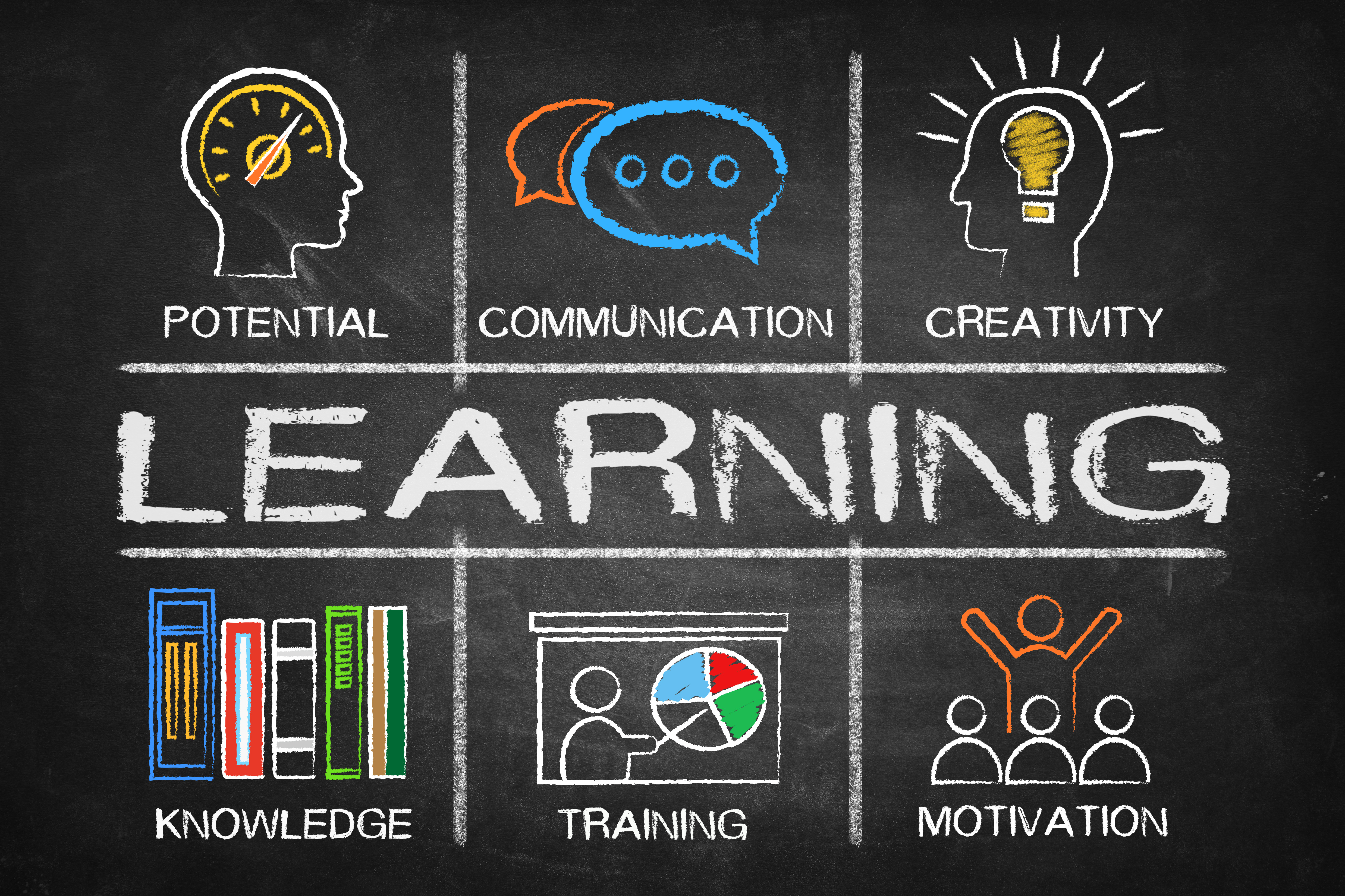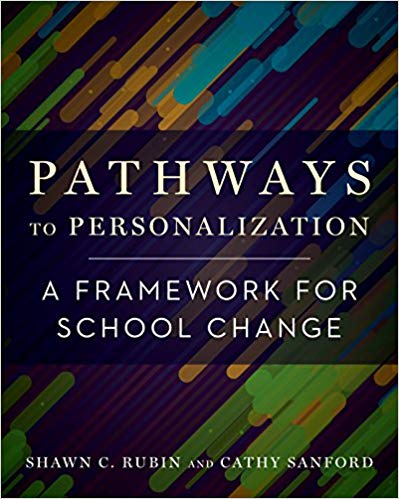The folks at The Foundation for Blended and Online Learning and I had a brief back-and-forth on Twitter last week. Since then, the exchange has been rolling around in my brain energizing synapses and growing my dendrites. Uhmm … sounds painful when put that way. It wasn’t!
Here’s the exchange.
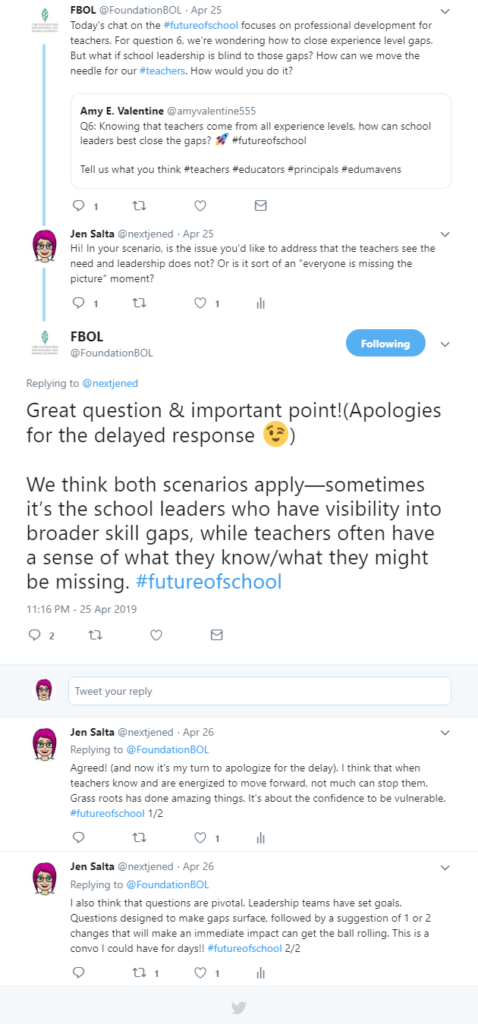
The Challenge
What my brain hasn’t been able to let go of is this. Quite a bit has been written about how to start moving schools toward blended and personalized learning. I’ve actually got one of the newest on my desk at the moment – Pathways to Personalization by Shawn Rubin and Cathy Sanford. Many have written and conferences have been held and still questions remain about skills gaps and effectiveness.
Theres’s much evidence to suggest that personalizing learning is very much still in the messy stage of learning and development. We’re still working trial and error trying to get it just right. (Note of transparency? This is my absolute favorite stage! So much space for innovation and discovery!)
The good news is that there are a lot of things going right.
- Educators are moving beyond voice and choice to looking at communities of learners – communities that dig into hard questions representing and honoring ALL community members.
- We’re using neuroscience to understand how to build student capacity so that we’re developing independent learners.
- We’re asking students to produce more than they consume.
- We’re starting to really understand and celebrate that failure is absolutely key to learning.
- Folks are sharing what works and receiving support for their efforts from those outside of their community. Word is getting around!
So many good things!
The lingering question for me is what’s next? How do we shine a light in the dark or hazy places that still exist? How can we close gaps in understanding – or minimize their development from the start?
A Model
This is where my systems brain kicks in with a little Sound of Music … we go back to the beginning. As Rogers and Hammerstein told us, it’s a very good place to start.
The beginning I’m referencing isn’t A-B-C or Do-Re-Mi. It’s a hard look at the point of all of this messy learning in the first place. If we don’t do that, then we’re implementing maker spaces and station-rotation models and flipped classrooms and project-based learning in a vacuum. Despite our very best intentions and increased student agency/choice, we may not be using the right tools for the job. We may fall short and squander a whole lot of money, time, and effort in the process.
Now, before I jump in here, it would probably help to know that I’m a fan of upending thinking. I like to turn things over and see what’s underneath. “What if?” might be my favorite question ever.
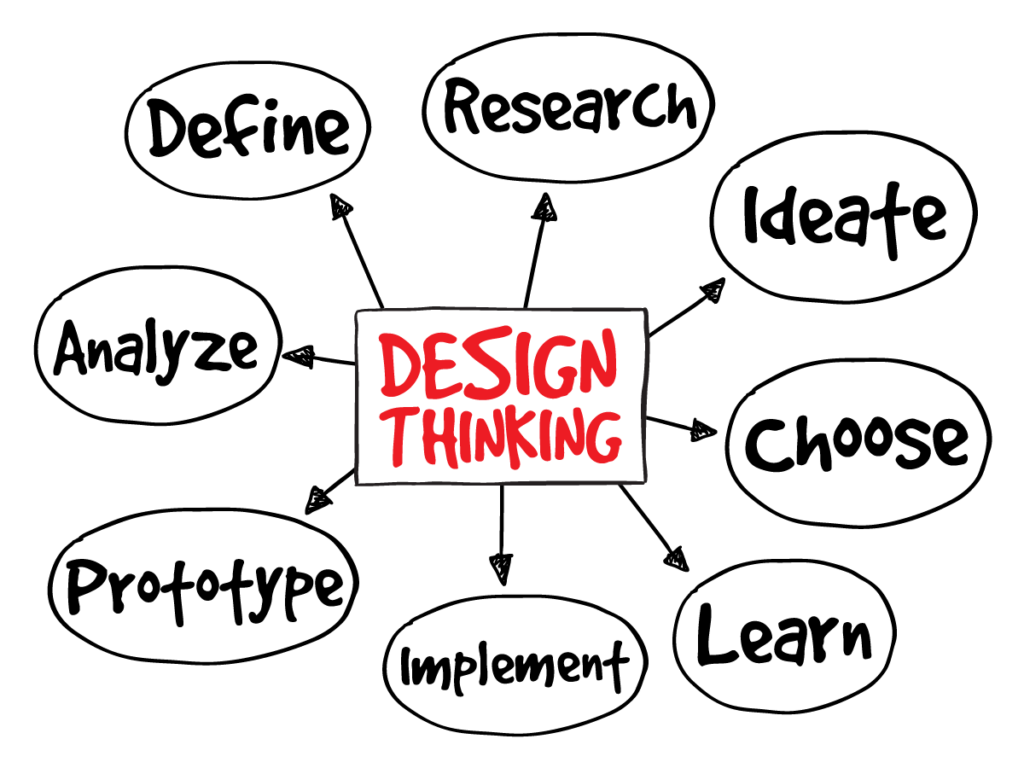
Design thinking was the first process I considered in turning this challenge over. I mean, you wouldn’t spend thousands or hundreds of thousands of dollars building something without knowing what you were trying to accomplish. Would you? Even in research and development, there’s a problem to solve. So, why wouldn’t we expect that the same design thinking could be leveraged to implement radical (and not so radical) change in an educational setting?
First things first. The people involved need to be heard and underlying needs and assumptions need to be bubbled up for consideration.
Design thinking is really about taking the time to understand the needs of the stakeholders before, during, and after planning and implementation. In K-12 education, that list is pretty long. But we can simplify it, for a start, to district leadership, teachers and support specialists, students, and parents.
The data collection might look something like this model.

This is the time for jargon-free discussion and deep dives into some phrases that over time, and with over-use, become meaningless.
For example, a district leader might say, “We need to raise test scores.” That’s a fair desired outcome for the educational climate we live in today. However, it’s not actionable. Not really. What long-term, life goals are we really after with testing? Those are the elements that need to guide our desired outcomes.
Another example might be, “We want students to have agency.” This example is a more likely to have a positive perception than the first. But, it’s not really actionable either. Why? What long-term goal does agency provide? What do you want them to have agency over? What’s the point of agency?

A parent might say, “I want my child to be successful.” This is an excellent goal to be sure! But, what do they envision when they use the word successful? How will they define success? Success will likely look a bit different for each student and family. Are there commonalities? Missing pieces?
The assumption in the simplistic model above is that the stakeholders included can and will speak for others. In practice, the list of stakeholders must include others like business leaders (employers) and those involved in offering post-secondary learning opportunities (community colleges, trade schools, etc.)
Another way to think about this is to ask this.
What if instead of thinking that communities needed to be involved in schools, our mindset was that schools need to be involved in their communities?
An Opportunity
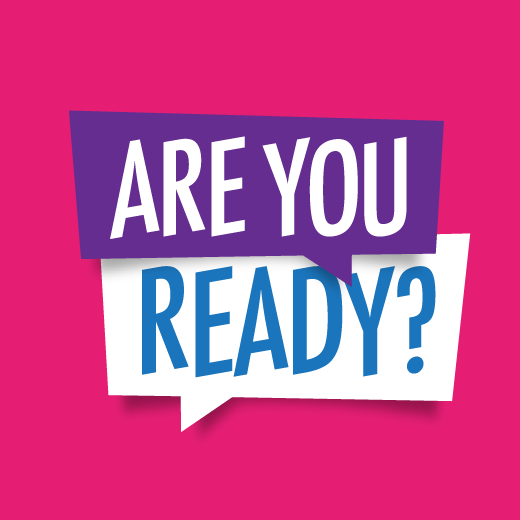
As educators, we certainly have goals and desired outcomes. We have mandates and policy and all sorts of things that have to be taken care of. We also teach students; with all of their joys and stresses. We know that relationship building matters. We know that we must care about what students care about. We have to understand the role we play in their lives, lives of their parents, and the community at large. So, how do we do that in a cohesive way that recognizes the world inside and outside of the classroom?
I challenge you to do some brainstorming. What would your diagram look like? What are your goals? Where do they intersect with the goals of others in the sphere of influence? What common ground can you find? What needs to be built to honor that common ground and reach those goals?
I look forward to hearing your thoughts!

Note: This post contains an Amazon Affiliate link. I was not provided a copy of the book or anything else in exchange for its mention here. I think it’s a good book and believe others considering this topic would benefit from reading it.
